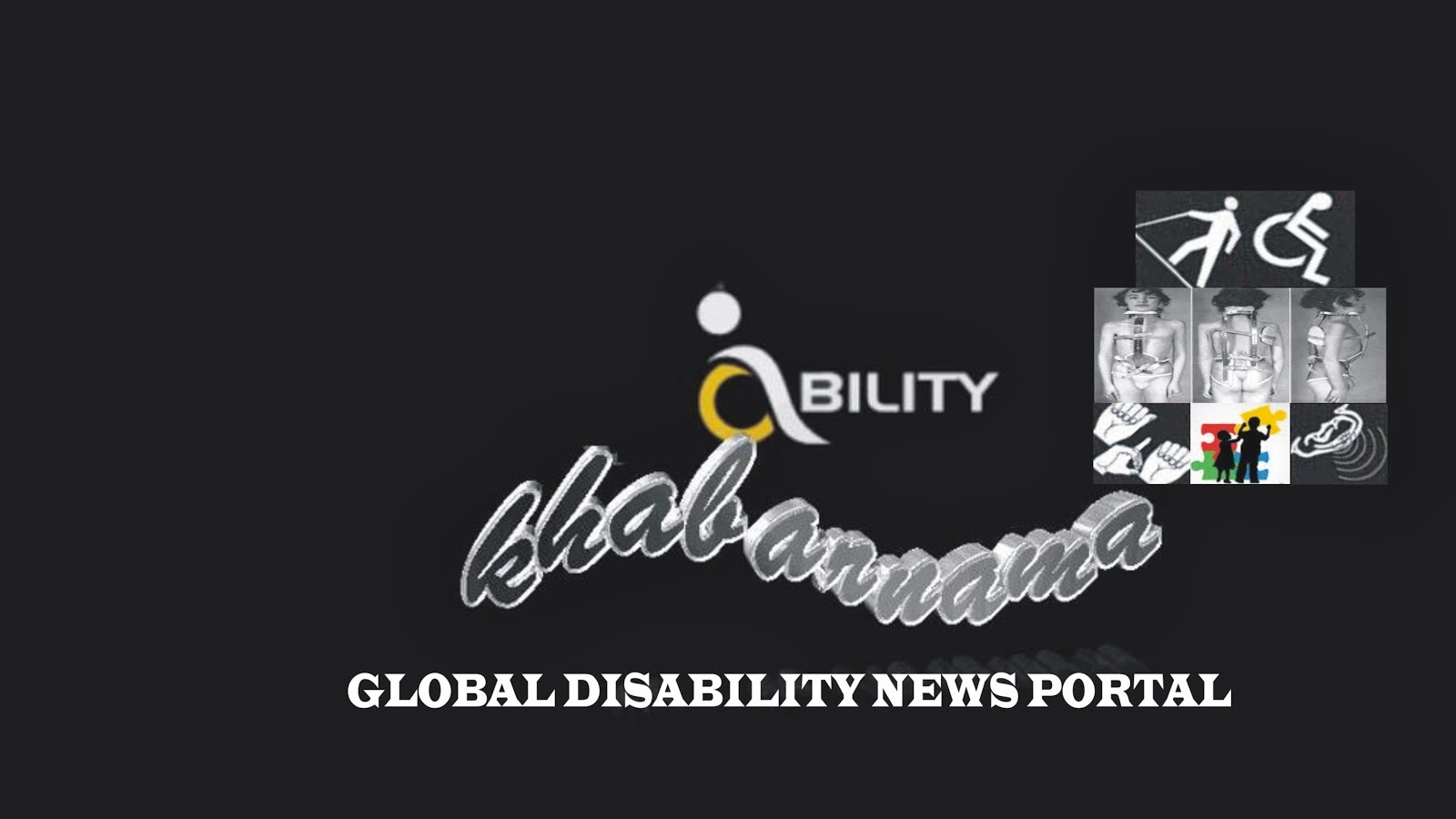An experimental device is letting paralyzed people drive wheelchairs simply by flicking their tongue in the right direction.
Key to this wireless system: Users get their tongue pierced with a
magnetic stud that resembles jewelry and acts like a joystick, in hopes
of offering them more mobility and independence.
Researchers reported that 11 people paralyzed from the neck down rapidly learned to use the tongue device to pilot their wheelchairs through an obstacle course full of twists and turns, and to operate a computer, too.
“It’s really powerful because it’s so intuitive,” said Jason DiSanto, 39, who was among the first spinal cord-injured patients to get his tongue pierced for science and try out the system. “The first time I did it, people thought I was driving for, like, years.”
The team of researchers in Atlanta and Chicago put the Tongue Drive System to the test against one of the most widely used assistive technologies, called sip-and-puff, that users operate by breathing into a straw. Using the tongue, patients operated their wheelchairs a bit faster but just as accurately—and on average, they performed about three times better on video game-like computer tests, said lead researcher Maysam Ghovanloo, director of Georgia Tech University’s bionics lab.
The research,
reported in the journal Science Translational Medicine, is an early step
that allowed use of the device only inside laboratories. Larger studies
in real-world conditions are required before the device ever could be
sold. And the tongue piercing may be a turn-off for some potential
users, the researchers acknowledge.
But the work is attracting attention from specialists who say there’s a big need for more assistive technologies so they can customize care for the severely disabled.
“For people who have very limited ability to control a power wheelchair, there aren’t that many options,” said Dr. Brad Dicianno, a rehabilitation specialist at the University of Pittsburgh Medical Center who wasn’t involved with the new research. “There is some interesting promise for this tongue control.”
Here’s how the system works: A headset detects the tongue’s position when the user flicks that magnetic stud. Touch a spot on the right bottom tooth to go right, for example. The headset wirelessly beams that information to a smartphone the user carries. An app then sends the command to move the wheelchair or the computer cursor.
Source : The Japan News , 19th December 2013

No comments:
Post a Comment